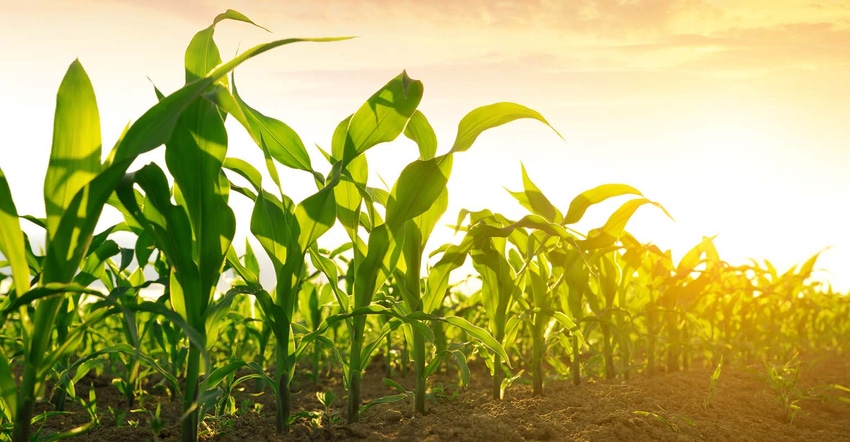
How are your crops faring this year? What are your early hopes for yields? We’re asking growers about what’s really happening in their fields. Click the Feedback From The Field reporting form and give us your first-hand account on conditions and yields.
Use the interactive map below that’s updated frequently to see all this year’s reports just by clicking the flagged locations. Click the box in the upper left-land corner of the map to bring up an index of what the different colors of the markers signify and to toggle the week’s reports on and off.
Growers posting initial yield estimates on Feedback From The Field last week had expectations that varied from terrible to great. But producers agree on one thing: Development of 2019 crops is all over the place in this unusual growing season.
Corn yields averaged 161.3 bushels per acre in this first round of estimates, ranging from 110 bpa all the way up to 240 bpa. Soybean guesses averaged 42.4 bpa, ranging from 25 to 70 bpa. Overall, condition ratings for both crops improved a little last week but are still a little below average.
“Crops look okay after rain last week, but very far behind in maturity,” wrote a farmer near the Illinois River in the northern part of the state. “Corn will not pollinate until August and soybeans are very short. Corn will not make black-layer before average frost date and soybeans will shut down very small.”
In addition to disease and insect pressure, producers are also wondering if recent drying was too much of a good thing.
“Hate to say it but we need a rain bad,” said another Illinois grower, from the western edge. “Beans aren't growing, some corn is pollinating with late corn close. Lot of beans only boot high.”
Varied development was also noted from a central Michigan grower: “Most corn very far behind, beans catching up fast. Many areas grounded out will be less than average yields on corn especially.”
Another producer from eastern Nebraska was hoping for 240-bushel corn, but admitted the jury was still out on his fields.
“Corn is late pollinating, but ear size appears to be normal,” was the post. “Will know how well pollination went shortly on our corn.”
And in central Iowa a grower had fingers crossed, hoping for 202 bushel corn.
“Adequate rain so far, corn has potential for above average yield,” was the assessment.
Follow along with the season by clicking these links:
Feedback from the Field - July 22, 2019 - Blazing heat wilts crops
Feedback from the Field - July 15, 2019 - Hot, dry week stresses soybeans
Feedback from the Field - July 8, 2019 - Crops improve but development lags on late planting
Feedback From The Field - July 1, 2019 - Crops improve but development lags on late planting
Feedback From The Field - June 24, 2019 - Planting woes aren’t only worry for growers
Feedback From The Field - June 17, 2019 - Acres lost to corn prevent plant mount
Feedback from the Field - June 10, 2019 - Judgement time: Take prevent plant or keep going?
Feedback from the Field - June 3, 2019 - Corn planting deadlines pass as farmers ponder what to do
Feedback from the Field - May 28, 2019 - Growers make progress, but at what cost?
Feedback from the Field - May 20, 2019 - Warm, dry week gets growers in the field as crucial benchmarks arrive
Feedback from the Field - May 13, 2019 - Wet is the word for 2019.
Feedback From the Field - May 6, 2019 - Some farmers in western areas make progress but overall planting remains slow.
Feedback From the Field - April 29, 2019 - Farmers in eastern Corn Belt and upper Midwest face delays.
Feedback From the Field - April 22, 2019 - A few wheels turned but most of the Corn Belt is too wet.
About the Author(s)
You May Also Like






